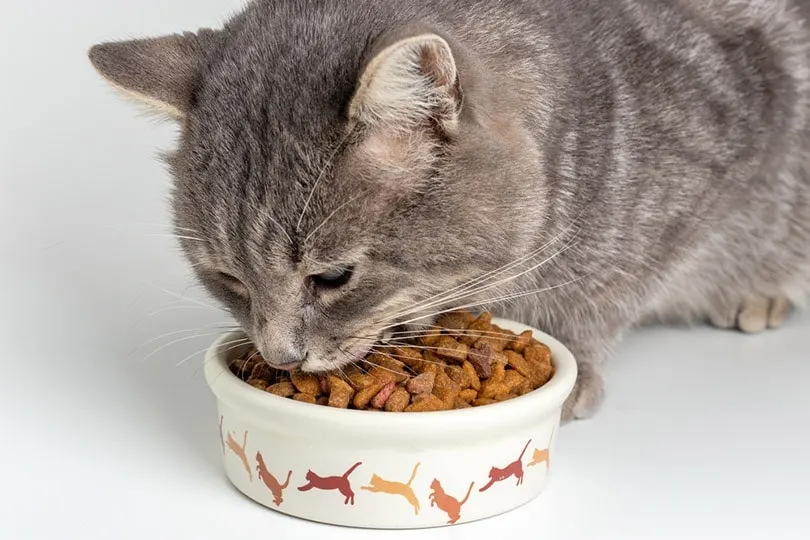Kennel Cough in Dogs: Symptoms, Treatment, and Prevention

Kennel Cough in Dogs: Symptoms, Treatment, and Prevention – Also referred to as kennel cough, Canine Infectious Tracheobronchitis is a respiratory disease generally seen in dogs. The Kennel Cough in Dogs is caused by the canine parainfluenza virus and Bordetella bronchiseptica bacteria that attack the lining of the dog’s respiratory tract and lead to swelling of the dog’s upper airway. While most dogs who are healthy can defeat the disease, it can lead to more severe secondary infections in older dogs, dogs with a weak immune system, or little puppies. The highly contagious nature of this disease inspires the name kennel cough. It spreads quickly in areas where pets are in close contact with one another, like kennels, multi-dog homes, and dog parks.
Retinal Detachment in Cats

Retinal Detachment in Cats – Cats are popular for having keen eyesight and amazing night vision. However, some medical conditions may cause them to lose their eyesight. The general causes of blindness in cats are retinal detachment, which unfortunately impacts many cats as they get older. Proper health management reduces the risk that your cat will have to face a detached retina because it often occurs along with other conditions. However, if retinal detachment does happen to you, every cat owner should be on the lookout for signs of vision loss.
Dog Ultrasounds: What Are They, and Why Would a Dog Need One?

Dog Ultrasounds: What Are They, and Why Would a Dog Need One? – Your vet just told you your dog needs an ultrasound. If you are thinking about an ultrasound and how it can help your vet, you are at the right post. Here, we explain Dog Ultrasounds: What Are They, and Why Would a Dog Need One?. Our furry friends can experience different illnesses and situations, like cysts, tumors, or ingesting foreign things that may cause internal blockages. Ultrasounds are a kind of diagnostic imaging process that utilizes sound waves to make real images of your dog’s inner body parts.
Tapeworm Infection in Dogs

Tapeworm Infection in Dogs – If you see worms in your dog’s poop, specifically with segments of the worm(s) being present, they may be tapeworms. Tapeworms, which are typically obtained through flea transmission, are common in dogs, but you will want to confirm the tapeworm presence by reaching out to your veterinarian for the proper treatment. Tapeworms (cestodes) are a type of parasite that lives inside a dog’s intestines. The tapeworm has a mouth with numerous hooks and suction cups that attach to the small intestine lining or attach or stay at the wall of the dog’s body.
Chondrosarcoma in Dogs

Chondrosarcoma in Dogs – Chondrosarcoma is a rare but serious form of cancer that originates from cartilage cells in dogs. Ribs, bones, nasal passages, and even the trachea may be impacted by this cancerous growth. Chondrosarcoma in Dogs grows in cartilage and grows more slowly than osteosarcoma, which is made from bone, but it can still be deadly.
Nutrition for Cats with Congestive Heart Failure

Nutrition for Cats with Congestive Heart Failure – Congestive Heart Failure (CHF) in cats is a severe disease that needs multifaceted treatment, which includes medical management, lifestyle changes, and nutritional support. While medicines can enhance clinical signs of CHF and slow disease progression, enough nutrition can strongly support heart health and enhance quality of life. Knowing what to feed a cat with congestive heart failure is frequently hard to navigate. This blog explores the essentials of heart-healthy nutrition for cats, offering essential dietary aims, and what to avoid and prioritize.
